
Non-stop passenger plane between an airport on the West Coast of the United States or Canada and an airport on the East Coast or more broadly, between any two airports at reverse, often coastal regions on a region, is known as a transcontinental flight in North America.
First nonstop transcontinental flight
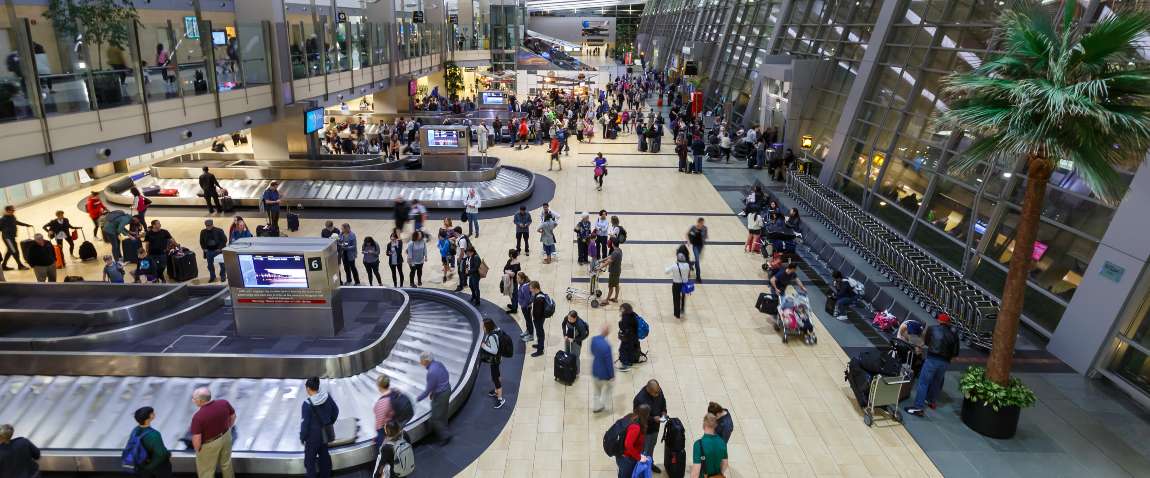
Now, we know what is a transcontinental flight. So, let’s continue with the first transcontinental flight. Lt. John A. Macready and Lt. Oakley G. Kelly of the United States Army Air Service flew the first nonstop transcontinental flight in the T-2 transport on May 2–3, 1923. They flew 2,470 miles in just less than 27 hours from Long Island to in San Diego. For more than half of the voyage, Macready and Kelly had to fly over uncharted areas at night and through storms and rain.
The mission was allowed by the Army Air Service to evaluate Macready and Kelly's proficiency and endurance, as well as the new T-2 transport and the Liberty engine. The two pilots, as well as the T-2, proved how military and commercial aircraft may be used for long-distance travel.
What is a premium transcontinental flight?
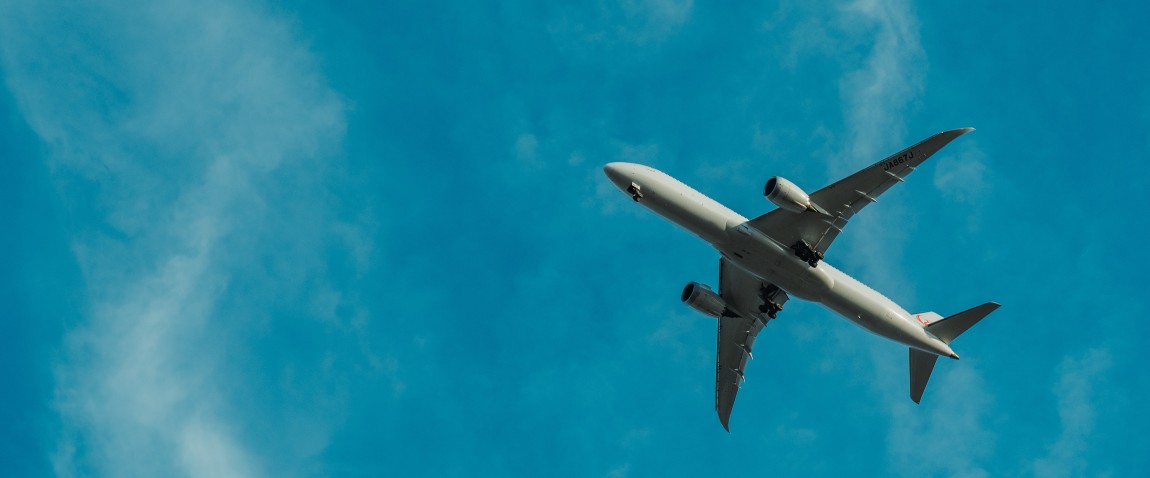
If you get help from Pickvisa and attain your visa service, you would ask about the type of this flight. You can fly with a premium package. So, what is a premium transcontinental flight? Here you go! On these flights, passengers may remain connected with United Wi-FiSM (for a fee), enjoy TV and movies with complementary entertainment, and charge their gadgets on the go with power outlets at every seat (available on most aircraft).
On premium transcontinental flights, passengers in Economy Plus get increased legroom and a "all-in-one" snack pack containing a wrapped sanitizing wipe, 8.5-ounce mineral water, and snacks and beverages. Of course, in the first transcontinental flight you could not find those kinds of stuff, so enjoy it, contemporary flying experience.
Transcontinental flight route
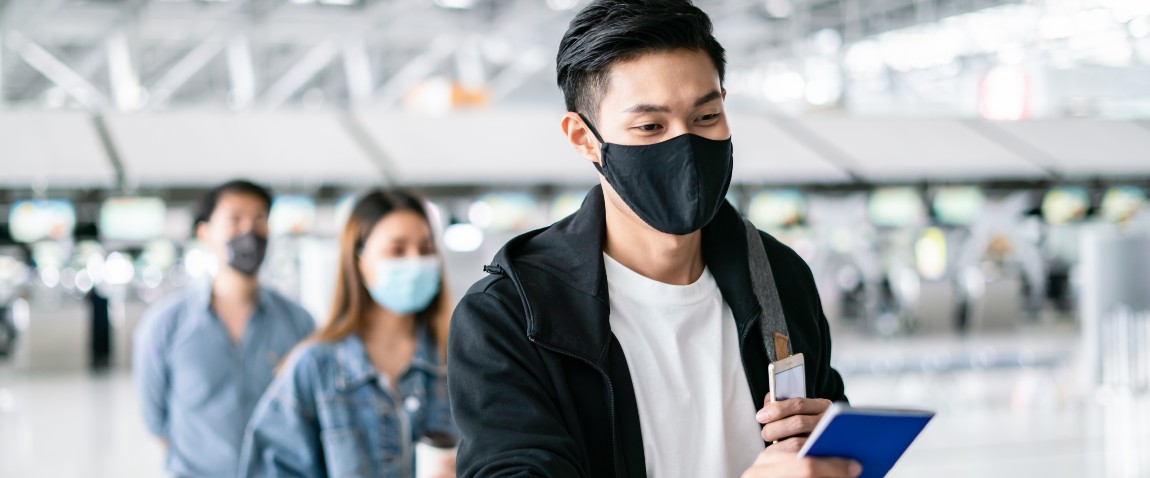
We can now travel direct from Newark, New Jersey, to Singapore in little under 19 hours, thanks to the marvel of human flight. That also means that passengers spend almost a whole day off the earth, in cruising altitude limbo, only to arrive with jet lag that outweighs tiredness. Long-haul flights are an unavoidable evil for any serious traveler. What does transcontinental flight cost? How do they manage to accomplish it? Here are some helpful hints.
Purchase your ticket as soon as possible
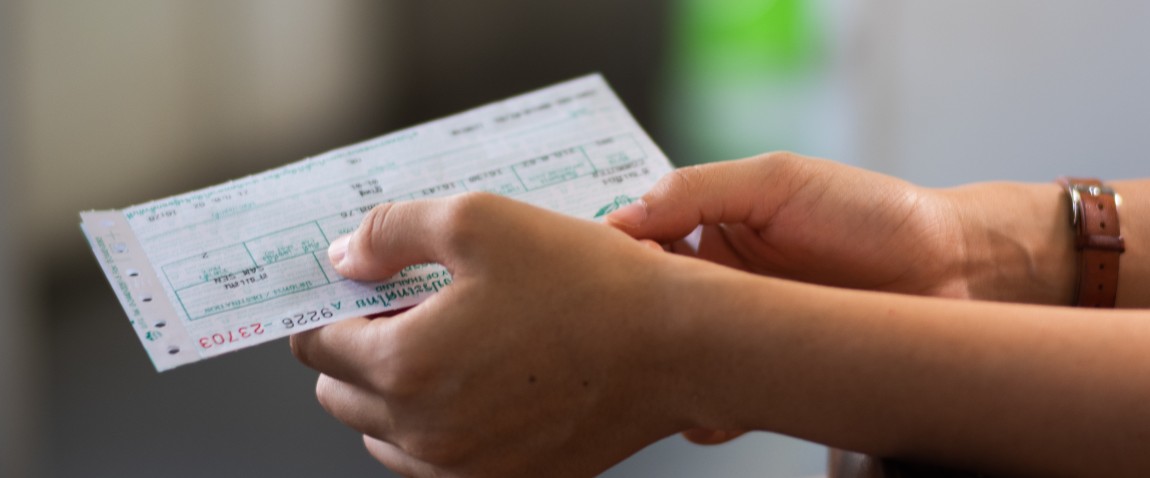
If you already got your visa with help of Pickvisa visa service, waiting and expecting a $20 price decrease is rarely worth the effort. Not only will purchasing long in advance rest assured in the weeks and months leading up to your leaving, but it will also increase the likelihood that enough seats will stay open for you to sit where you want—whether you want to snuggle up to a window, have accessibility to the aisle, or spread your legs inside an exit row. You'll almost likely wind up in the dreaded middle seat if you wait until the last minute. Are you a frequent flyer? It's now or never to use those transcontinental flight routes for an upgrade.
Put on your most comfy clothes
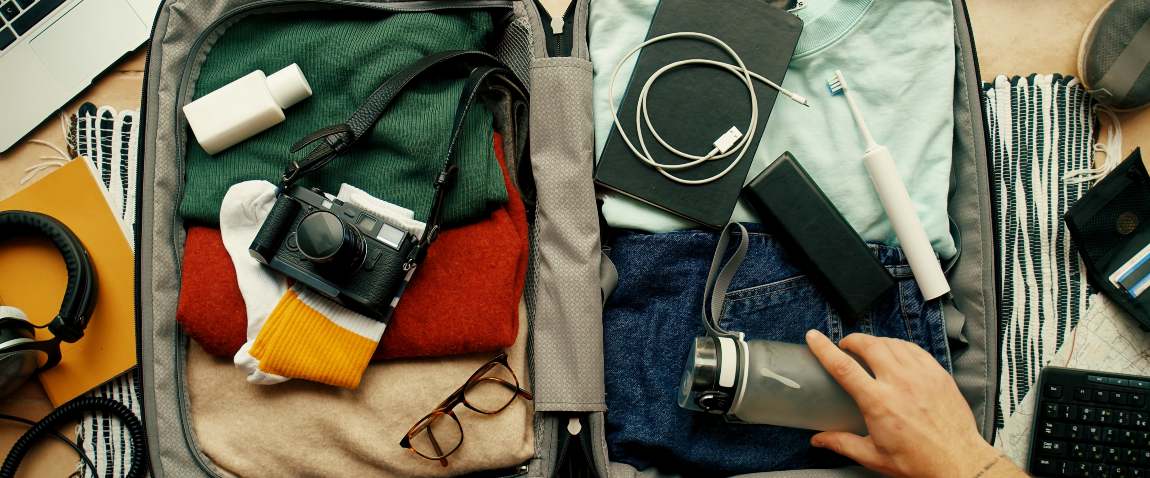
In that form-fitting shirt and body pair of jeans, you could sense like you're 20 again, but after 10 minutes of sitting (and trying to sleep) in them, you'll want to never look at them again. When traveling long distances, stick to a "comfy-chic" wardrobe code of neutral, open layers that you can walk around in. You'll not only stay warm on a journey, but you'll also avoid deep vein thrombosis, a severe ailment made worse by sitting in tight postures for lengthy periods of time.
Experts also prescribe compression stockings, which reduce edema and the risk of blood clots. Another must-have item for the ladies is a beloved pashmina/scarf, which serves as a fashionable adornment, an extra layer for warding off cabin chills, and an extra cushion to rely on when folded.
Invest on a good travel mattress, earplugs, and a sleep mask
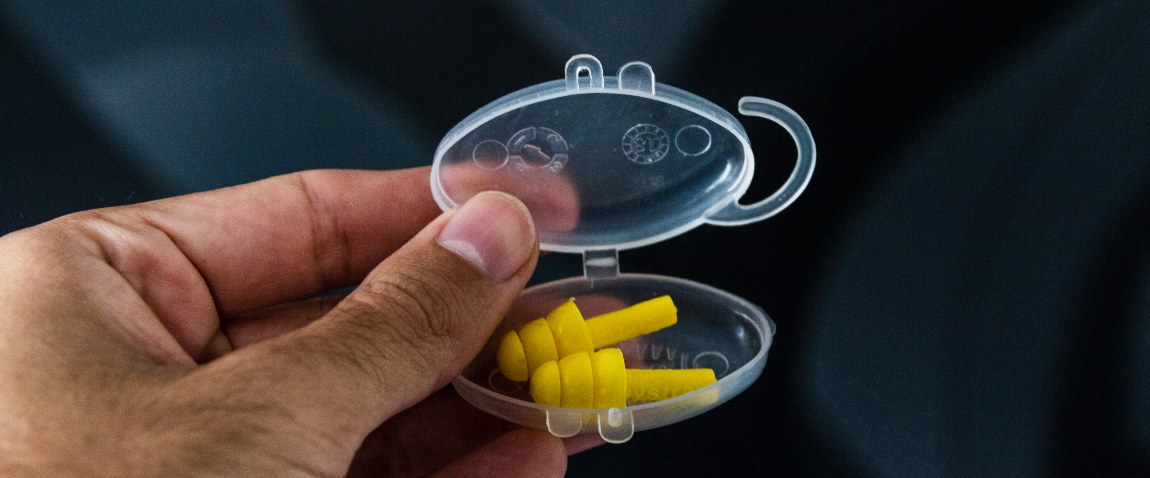
The temptation of opening your own private long-haul care package—the little toothpaste!—is understandable. Socks made of wool! You always forget your earplugs!— Even on the world's most prestigious international airlines, however, these hidden extravagances seldom quite stay true to their advertising. (We can't tell you how many times our sleep mask bands have snapped, our pillows have deflated, and our earplugs have never quite stayed in). Taking a flight that will last more than 12 hours? It's time to get a decent set of molded plugs that stay in your ear, silky sleep masks that you will not even know you're carrying, and a good head cushion that keeps your torso upright so you do not even awake with a hickey in your neck. Memory foam is quite effective.
Bring your own headphones with you

Consider this scenario: you've reached cruising altitude and have your favorite movie waiting for you on your in-flight entertainment system. You go into your seatback pocket for the headphones and put them on, only to discover that you can't hear another word Tom Hanks is speaking onscreen due to the screaming motors and weeping kid in the next row. Bring your own noise-canceling headphones as a solution. They are more comfy than those "one-size-fits-all" rubber gizmos and assist to filter out white noise.
Take the tiniest piece of personal property you can
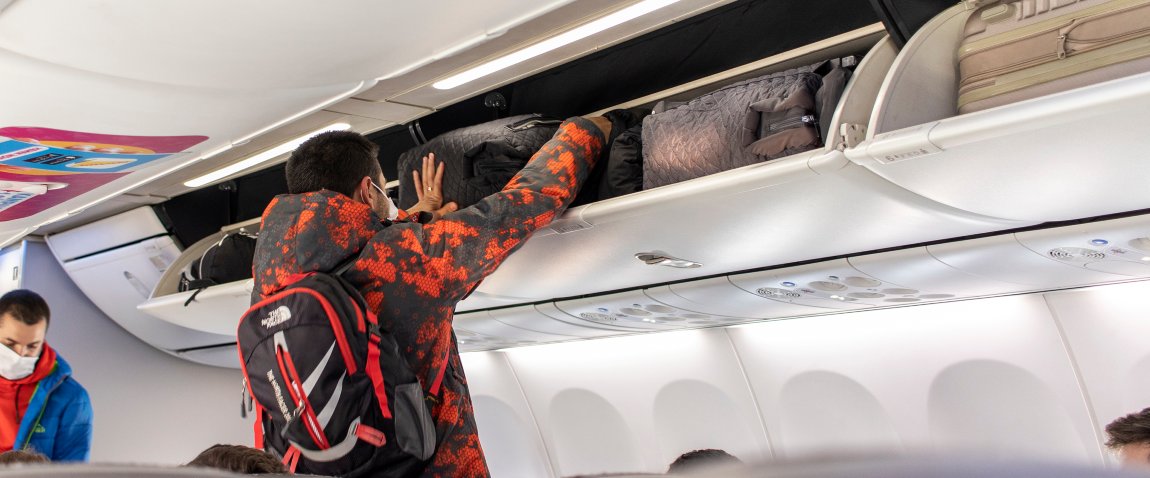
When it comes to sitting in the same seat for hours on end, every inch of leg room is holy, no matter how tall or short you are. Don't make it any more difficult for yourself by bringing an unnecessary huge personal item, which you'll be compelled to put under the seat in front of you if you also have a carry-on. Choose a bag that is both multifunctional and soft, allowing you to compress it if necessary.
Before boarding the plane, bring your personal food or purchase some
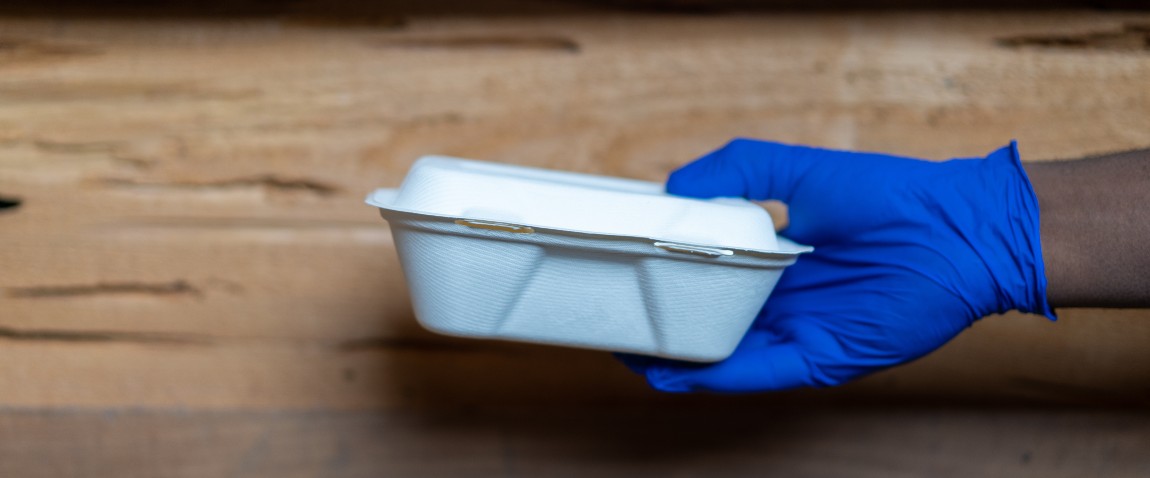
One of the greatest things about longer journeys is how well they feed you—you'll generally get at least 2 full meals and a mid-flight refreshment to keep you satisfied. What happens, though, when the lamps go out, the airline staff disappear, and hunger pangs strike? So, where do we go from here? If you're the type that craves salt, pack a lunch and a water bottle with you.
You're both in this together, so be pleasant and considerate of your seatmate
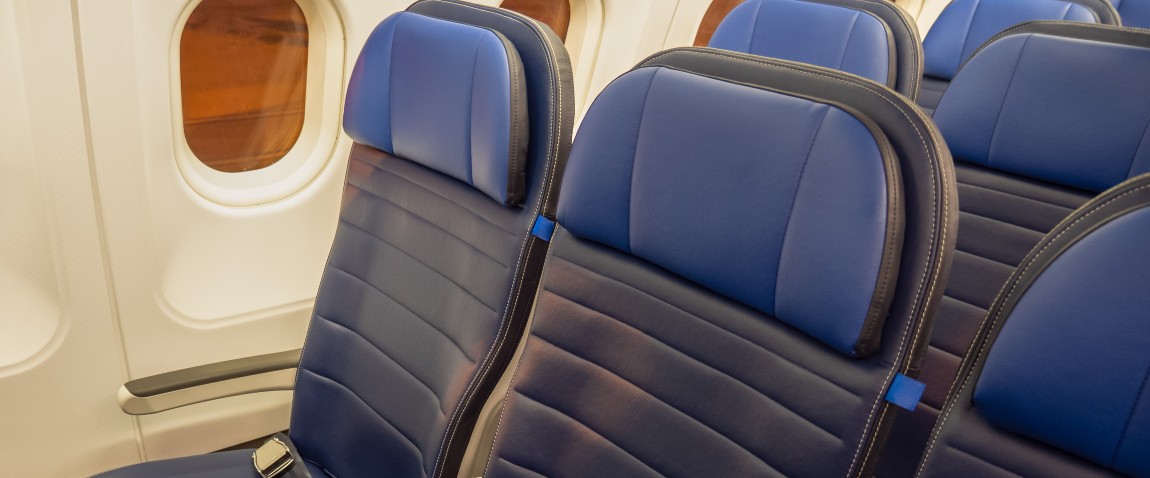
This may seem self-evident, but please be courteous. It's crucial to understand the rules of the air: grabbing an inside backrest if you're in the center seat is a ridiculous request. Before you recline your chair, check to see whether you'll be disturbing anyone, and whatever you do, don't do it during dinner service. Also, if you're on the side or the aisle, you should expect everyone using the toilet at least once or twice throughout the trip, especially if it's a long one. You could build a separate buddy if you're kind and forgiving.
Don't use makeup; make sure to moisturizer

This isn't a beauty pageant. Your body already has more than enough to deal with at 30,000 feet (dry cabin air; decreased blood flow), so don't add porous structure makeup to the mix. Instead, use a serum and moisturizer to keep your face glowing (just make sure they're under 100ml and can get through security), eyedrops to relieve inflammation, and chapstick to protect your lips from drying out.
Carefully select your in-flight meals (and beverages)
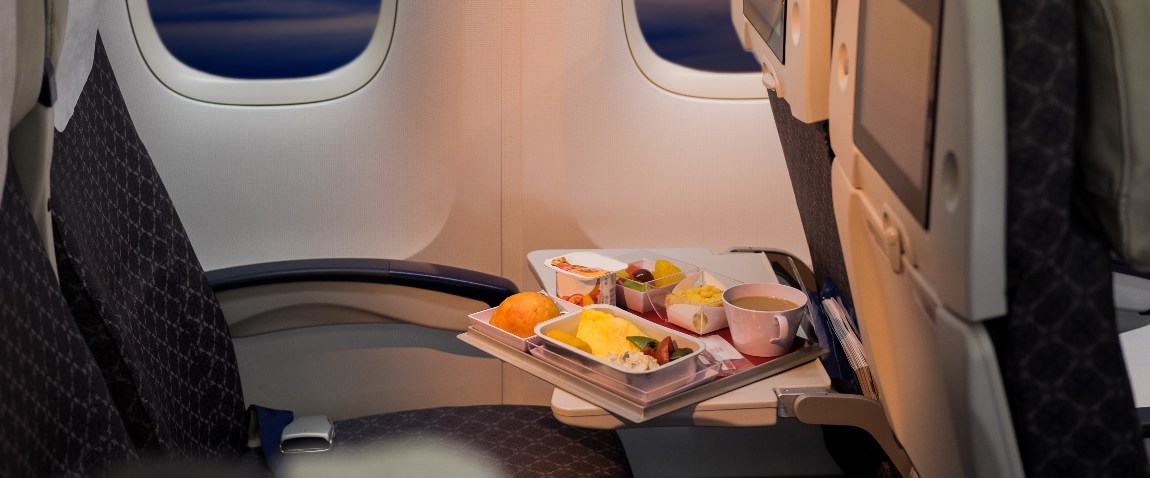
You could be tempted by the aroma of delectable chicken parmesan wafting down the middle aisle, but you should think very carefully. Heavyweight meals keep you up and are more hard to digest when all you'll do such for the next hours is sitting, resting, and sitting some more. Avoid meals and drinks that are heavy in sugar, salt, or caffeine if at all possible. The same may be said of alcohol. While it can help worried passengers relax, it is also incredibly dehydrating. Instead, try herbal tea, which will make you sleepy without the side effects of alcohol.
Hydrate

Because planes regularly refill cabin air with outside air, the humidity levels inside airline cabins are akin to those found in a desert—extremely low. The effects are two-fold: extreme dryness dulls the skin, and dehydration exacerbates jet lag if not addressed. Water consumption is critical—approximately 8 ounces every hour, according to some experts.
Make sure you brush your teeth

Do you have trouble sleeping in the air? We understand. It's difficult enough to block out loud vehicles, wailing babies, and your neighbor's reading light, but adjusting your body's sleep schedule to adjust to changing timezones is a skill that many people still lack. Before going to bed, clean your teeth then, if wanted, gargle rinse and wash your face. These easy-to-follow practices fool your body into believing it's time to sleep.
To keep the blood moving, get up every several hours

Passengers in pressurized cabins will have less oxygen and, over time, may experience symptoms such as weariness, headaches, swelling limbs, and dehydration as a result of decreasing blood oxygen levels. Is this the best option? Stretch. Walk the length the aisle and do some quasi movements in your chair, such as rotating your shoulder and twisting your ankle, to stimulate blood flow.
Lastly, we want to emphasize that your question about what does transcontinental flight costs depends on lots of factors including routes, your seats, preferences, etc. Be ready for all types of prices and try to adjust your actions with our recommendations.

